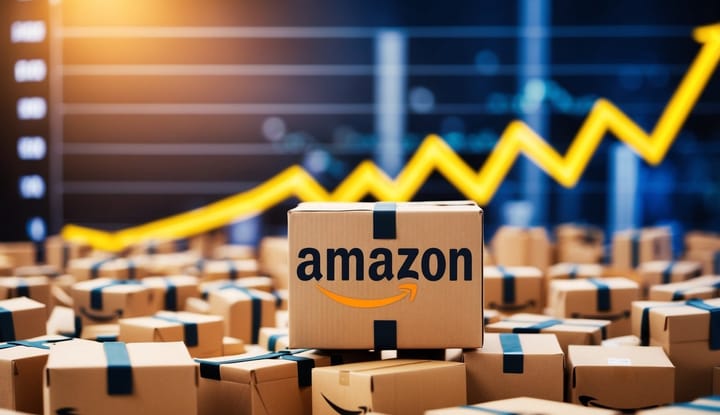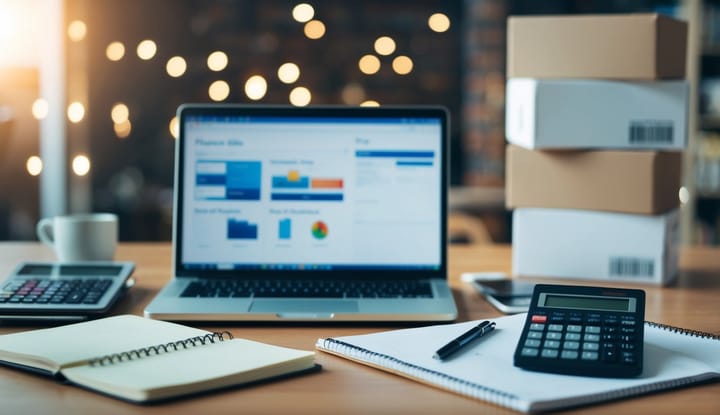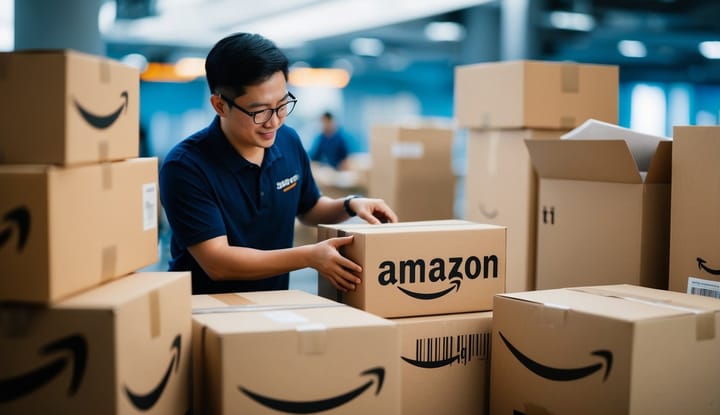Amazon FBA 101: Essential Guide for Beginners
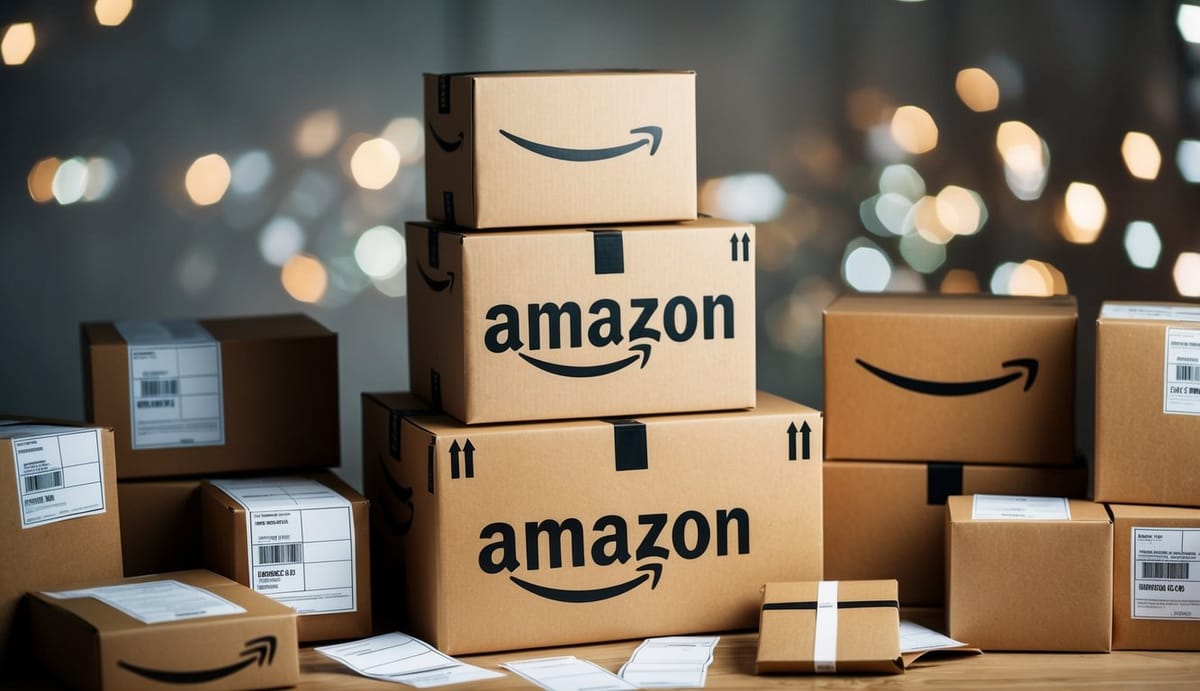
Amazon FBA is a powerful business model that lets sellers leverage Amazon's vast resources and customer base. It stands for Fulfillment by Amazon, where Amazon handles storage, shipping, and customer service for your products. This program allows sellers to focus on product selection and marketing while Amazon takes care of the logistics.

Starting an Amazon FBA business can be a great way to enter e-commerce. Sellers choose products, find suppliers, and send inventory to Amazon's warehouses. When customers buy these items, Amazon packs and ships them. This system makes it easier for sellers to offer fast shipping and reach more buyers.
Amazon FBA can work for both new and experienced sellers. It provides tools to help with product research, listing creation, and inventory tracking. While there are costs involved, many find that the benefits outweigh the expenses. FBA can help sellers grow their businesses and reach customers across the globe.
Key Takeaways
- Amazon FBA handles storage, shipping, and customer service for sellers
- Sellers can focus on product selection and marketing while Amazon manages logistics
- FBA provides tools for research, listing creation, and inventory management
Getting Started with Amazon FBA
Amazon FBA offers sellers a way to outsource order fulfillment. This section covers key steps to begin using FBA, including understanding the program, setting up a seller account, and using Seller University resources.
Understanding Amazon FBA
FBA stands for Fulfillment by Amazon. It lets sellers store products in Amazon warehouses. Amazon handles packaging, shipping, and customer service.
Sellers choose what to sell and send inventory to Amazon. When customers order, Amazon ships the items. This saves sellers time and effort.
FBA products are eligible for Prime shipping. This can boost sales and visibility. Sellers pay fees for storage and fulfillment. These costs vary based on item size and sales volume.
Setting Up an Amazon Seller Account
To use FBA, sellers need an Amazon Seller account. They can choose between Individual and Professional plans.
Individual plans suit low-volume sellers. They pay per-item fees. Professional plans have a monthly fee but no per-item charges. They offer more features.
To set up an account, sellers need:
- Business email address
- Credit card
- Government ID
- Tax information
- Phone number
After signing up, sellers can add products and enable FBA in Seller Central.
Utilizing Product Research Tools
Many tools can help with Amazon product research. Jungle Scout and Helium 10 are popular options. These tools show sales data, competition levels, and profit potential for items on Amazon.
Free tools like the Amazon Best Sellers list can also be useful. Sellers can see which products are selling well in different categories. Google Trends is another free tool to check product popularity over time.
Paid tools often offer more detailed data. They may show estimated sales numbers and reviews for specific products. This extra info can help sellers make better choices.
Identifying Profitable Products
Profitable products often share certain traits. They typically sell for $15-$50 and are small and light. This makes them cheap to ship. Products that solve a problem or fill a need tend to do well.
Sellers should look for items with high demand but low competition. A good sales rank (under 5000 in the main category) is a positive sign. Products with 300+ sales per month can be promising.
It's smart to avoid products with lots of reviews from big brands. These can be hard to compete with. Seasonal items can be risky, as demand changes throughout the year.
Considering Private Label and Wholesale Options
Private label means creating your own brand for generic products. This can lead to higher profits and less competition. Sellers can add unique features or packaging to stand out.
Wholesale involves buying brand-name products in bulk to resell. This can be easier to start with, as the products are already made and have demand. But profit margins are often lower.
Both options have pros and cons. Private label offers more control but requires more upfront work. Wholesale can be simpler but may have more competition. Sellers should consider their skills, budget, and goals when choosing.
Inventory Management and Logistics
Good inventory management is key to success with Amazon FBA. It helps sellers keep products in stock and avoid extra costs. Let's look at the main steps in FBA inventory management.
Preparing Your Inventory
Proper preparation is crucial for smooth FBA operations. Start by creating product listings in your Amazon Seller account. Make sure each item has a unique barcode. Amazon uses these to track your products.
Pack items carefully to prevent damage during shipping. Use strong boxes and proper padding. Label each box with the correct FBA shipment labels. These labels help Amazon sort your inventory quickly.
Consider bundling related items to boost sales. For example, sell a phone case with a screen protector. This can increase your average order value.
Navigating the Send to Amazon Workflow
The Send to Amazon process helps you ship products to FBA warehouses. Start in your Seller Central account. Choose which items to send and how many. Amazon will suggest which warehouse to ship to.
Print your shipping labels and packing slips. These papers are needed for each box you send. You can use Amazon's partnered carriers for discounted shipping rates.
Track your shipments in the FBA Dashboard. This tool shows where your inventory is in the process. It helps you plan for when items will be ready to sell.
Maintaining Inventory Levels
Keep a close eye on your stock levels. The FBA Dashboard shows how many items you have in stock. It also predicts how long your stock will last based on sales.
Set up automatic alerts for low stock. This helps you avoid running out of popular items. Reorder products when they reach a certain level. Factor in lead times from your suppliers.
Remove slow-moving items to avoid long-term storage fees. Amazon charges extra for items that sit in warehouses too long. Consider sales or promotions to clear out old stock.
Use Amazon's storage limits as a guide. They set limits based on your sales history. Plan your inventory around these limits to avoid extra fees.
FBA Cost Structure and Pricing

Amazon FBA pricing includes several fees that sellers need to account for. These fees cover storage, fulfillment, and other services provided by Amazon. Knowing the costs helps sellers plan their pricing strategy and profit margins.
Understanding FBA Fees
FBA fees fall into a few main categories. Storage fees are charged for keeping items in Amazon's warehouses. These fees vary based on the size of products and time of year.
Fulfillment fees cover picking, packing, and shipping orders to customers. These fees depend on the size and weight of items.
Referral fees are a percentage of the item's sale price. The percentage varies by product category.
There may also be additional fees for things like long-term storage or returns processing.
Using the Revenue Calculator
Amazon offers a Revenue Calculator tool to help sellers estimate their costs and profits. To use it:
- Search for a product or enter details like size and weight
- Input your selling price and cost of goods
- Compare FBA vs. seller-fulfilled options
The calculator shows estimated fees and net profit. This helps sellers decide if a product is worth selling through FBA.
Managing Shipping Costs and Fulfillment Fees
Shipping costs to Amazon warehouses are paid by sellers. To keep these costs down:
- Use Amazon's partnered carriers for discounted rates
- Ship in larger quantities when possible
- Choose warehouses closer to your location
Fulfillment fees can be managed by:
- Optimizing product packaging to reduce size and weight
- Bundling small items together
- Removing slow-moving inventory to avoid long-term storage fees
Tracking these costs closely helps sellers maintain profitable pricing strategies.
Maximizing Sales and Brand Growth
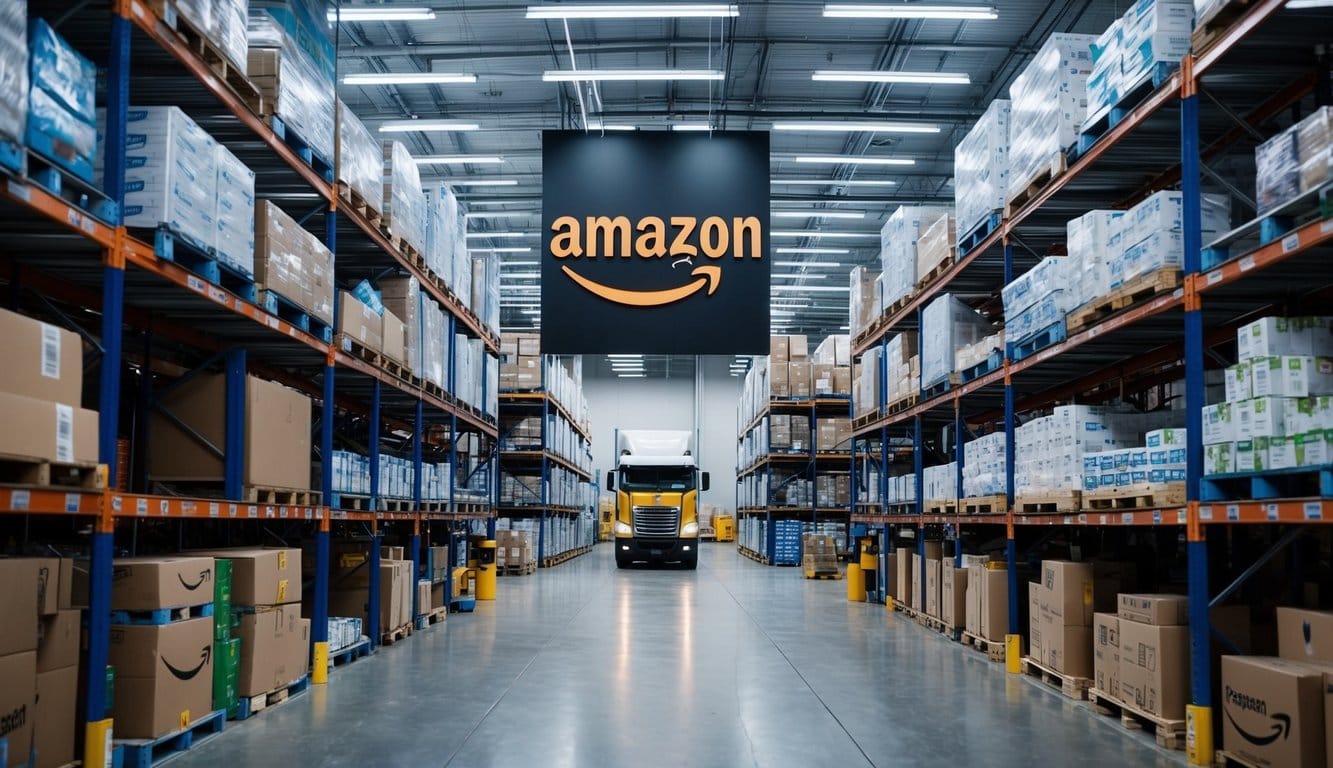
Boosting sales and expanding your brand on Amazon FBA requires strategic approaches. These tactics help sellers stand out in a crowded marketplace and attract more customers.
Leveraging the Buy Box and Prime Badge
The Buy Box is a key feature for Amazon sellers. It's the "Add to Cart" button customers see on product pages. Winning the Buy Box can lead to more sales. To win it, keep prices competitive and maintain good seller metrics.
The Prime badge is also important. It shows customers your items ship fast and free with Prime. This builds trust and can increase sales. To get the Prime badge, use FBA or qualify for Seller Fulfilled Prime.
Keep stock levels high and respond to customer questions quickly. These factors affect Buy Box wins and Prime status. Good inventory management is crucial for both.
Implementing Effective Digital Marketing Strategies
Digital marketing helps drive traffic to your Amazon listings. Use social media to showcase products and engage with customers. Create content that highlights product benefits and solves customer problems.
Email marketing is another useful tool. Build a list of customers and send them updates about new products or sales. Make sure to follow Amazon's rules about customer contact.
Expanding to Multi-Channel Fulfillment
Multi-channel fulfillment lets you sell on other platforms while using Amazon's shipping network. This can help grow your e-commerce business beyond Amazon.
Set up stores on platforms like Shopify or eBay. Use Amazon's fulfillment services to ship orders from these sites. This gives you the benefits of FBA across multiple sales channels.
Track inventory closely when selling on multiple platforms. Use software to sync stock levels and avoid overselling. Multi-channel selling can increase sales and reduce reliance on a single marketplace.
Frequently Asked Questions

New Amazon FBA sellers often have many questions about getting started and running their business effectively. Let's explore some key aspects of selling through FBA.
Q: What is the step-by-step process to start selling on Amazon FBA?
To begin selling on Amazon FBA, create an Amazon seller account. Choose products to sell and source inventory from suppliers. Set up product listings with photos and descriptions. Send inventory to Amazon fulfillment centers.
Once Amazon receives your products, they become available for sale. As orders come in, Amazon picks, packs, and ships items to customers. They also handle customer service and returns.
Q: What are the differences between Amazon FBA and FBM?
FBA stands for Fulfillment by Amazon, while FBM means Fulfillment by Merchant. With FBA, Amazon stores and ships products. FBM sellers handle storage and shipping themselves.
FBA offers Prime shipping eligibility and access to Amazon's customer service. FBM gives sellers more control over inventory and shipping costs. FBA typically works well for high-volume sellers, while FBM suits low-volume or large item sellers.
Q: How does Amazon FBA compare to dropshipping in terms of business models?
FBA requires purchasing inventory upfront and storing it at Amazon. Dropshipping involves no inventory, with suppliers shipping directly to customers. FBA offers faster shipping and Prime benefits. Dropshipping has lower startup costs but less control over product quality.
FBA sellers manage their own brand and listings. Dropshippers often rely on existing product listings. FBA works well for unique products, while dropshipping suits commodity items.
Q: What are the initial costs to consider when starting an Amazon FBA business?
Startup costs for Amazon FBA include inventory purchases, professional seller account fees, and product photography. Sellers also pay for UPC codes, packaging, and shipping to Amazon warehouses.
Other expenses may include product research tools, marketing, and samples for quality checks. Budget for returns, storage fees, and potential product failures when starting out.
Q: How can one calculate profitability when using Amazon FBA?
To calculate FBA profitability, start with the product's sale price. Subtract Amazon's referral fee, typically 15% for most categories. Next, deduct FBA fees, which cover picking, packing, and shipping.
Factor in the cost of goods, shipping to Amazon, and any marketing expenses. Consider long-term storage fees if products don't sell quickly. The remaining amount is the profit per unit sold.
Q: What are the key strategies for increasing revenue with Amazon FBA?
Optimize product listings with keyword-rich titles and high-quality images. Use Influencer marketing to increase visibility. Encourage customer reviews to boost credibility and sales.
Expand product lines to capture more market share. Monitor competitors and adjust pricing strategies. Consider bundling products to increase average order value. Participate in Amazon deals and promotions to drive traffic and sales.
New to Amazon FBA? Join our FREE WAH Academy Training Group to get simple, step-by-step guidance for starting and growing your business with confidence!
No cost, just expert tips—click below to get started!

